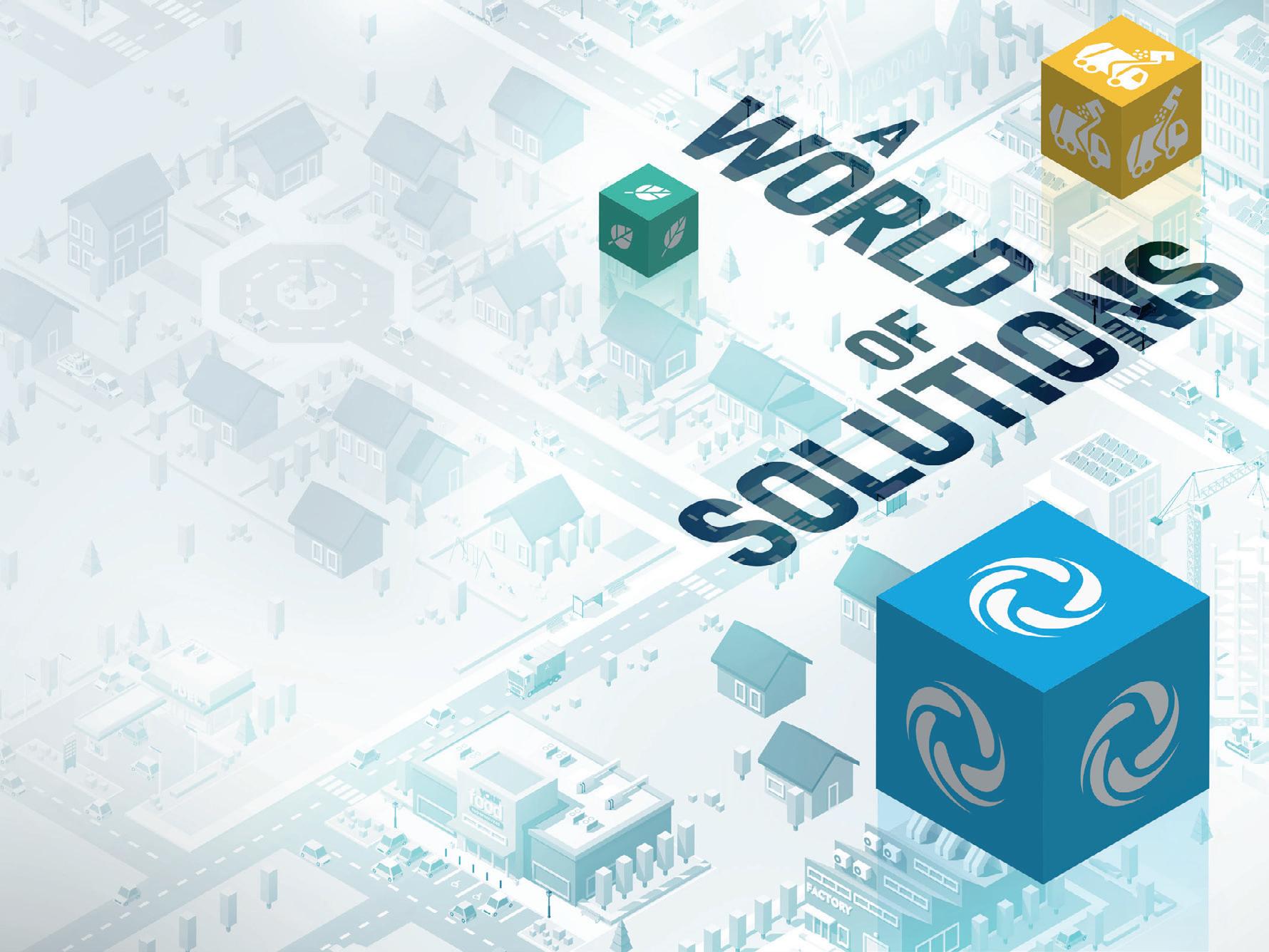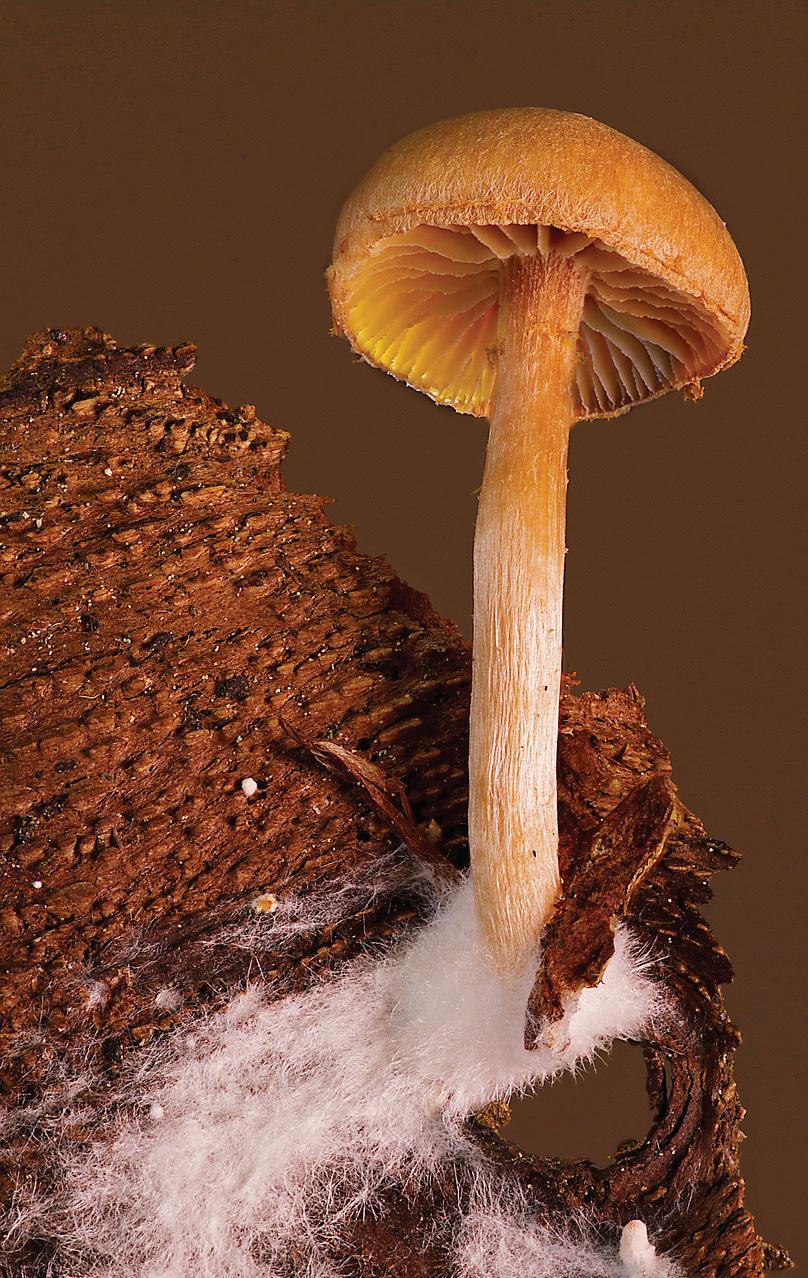
9 minute read
Mushroom packaging biodegradable alternative to polystyrene
Mushroom packaging:
biodegradable alternative to polystyrene
Jordan Flagal*
How can mushrooms be an ally in creating a biodegradable alternative to polystyrene?
Polystyrene foam has served the world dutifully since its invention in the 1940s, allowing for countless advancements to take place by providing everything from cushioning for packages to floatation devices that help save lives. As a material, it is incredible. But its impact on the environment is troubling: the finished material can take thousands of years, and perhaps longer, to biodegrade.
Demand has grown for a viable and cost-efficient alternative, one that is free of all the problematic environmental issues — mycelium could provide a solution.
What is mycelium?
Mycelium is the root-like structures that extend out of fungi and underneath the outer layer of the cap. However, the product called mycelium is a bio-engineered form of hyphae that is made from agricultural waste mixed with these rootlike structures as binding agents.
In practice, mycelium can be used to create a variety of things, from organic plastics to scaffolding that can be used to grow organs — though its most common and useful commercial application is in the form of packaging.
Mycelium foam can be used in the same manner as polystyrene foam. The mycelium forms a foam-like material that insulates reasonably well. Fungus-derived Greensulate will char, but won’t melt and ignite like polystyrene insulation. It is lightweight, easy to mould and easy to produce — all of which are favourable traits for materials used in packaging. It is also these characteristics that allow mycelium to be cost-competitive with polystyrene foam, which has long been an inexpensive and dependable material used in all aspects of throughput materials delivery.
What is the production process?
Mycelium is a mix of agricultural waste bound with mycelium structures. Several types of waste can be used in this process, from hemp to wood chips to psyllium husks. The materials are grown together into a desirable shape over a short time, sometimes in as little as a week.
Mycelium’s fast-growing fibres produce materials used for packaging, clothing, food and construction — everything from leather to plant-based steak to scaffolding for growing organs.
This is the base material for most mycelium products, known as the foam. Mycelium foam can be used for applications as far-ranging as textiles and cosmetics or kept in its more basic and common state for packaging.
Mycelium is the vegetative part of a fungus or fungus-like bacterial colony, consisting of a mass of branching, threadlike hyphae. On the technical side, creating the foam begins with mixing agricultural waste with mycelium hyphae. This mixture is put in moulds of any desired capacity and placed in the dark, where it grows for about a week. The fungi are left to feed on the agricultural waste.
As it moves through the mixture, it forms a network of tiny white fibres throughout the substrate. This eventually fills all the available space and forms a solid structure: mycelium foam. The foam is then removed from the mould and dried to stop the mycelium from growing and producing mushrooms or spores. From here, the foam can be used as packaging material or further fabricated to make everything from handbags to faux-leather jackets.
Properties
Mycelium foam is biodegradable, easily shaped, lightweight and strong. It does not have the same lifespan as polystyrene foam, which is good for the environment but not necessarily good if you’re looking for something to last decades.
For its most common use, biodegradability is a critical property. Lightweight and strength are also very desirable
In practice, mycelium can be used to create a variety of things… though its most common and useful commercial application is in the form of packaging.
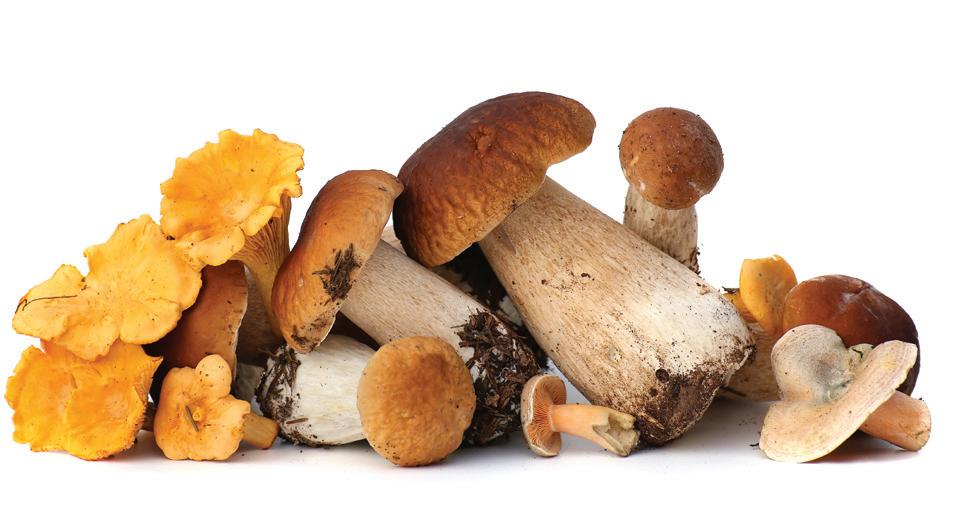
properties, whether it is for single-use purposes or longerterm usage.
Compared with polystyrene foam or polyurethane products, mycelium is actually stronger, even though it may be perceived otherwise, being a biological material. It is also hydrophobic and flame resistant, which are beneficial properties for applications such as packaging and clothing.
Applications
Packaging is the main application, but, as mentioned above, there are many more uses for mycelium, from organ scaffolding to furniture. Standing in for polystyrene foam is arguably its best use, though, as disposable padding is better for the environment if it is biodegradable.
It is also the simplest form of production: mycelium foam is the base material used for all mycelium products, and it does not need to be altered at all to be used as packaging.
Organic plastics are another application for similar reasons. It takes a bit more production to create plastic-type materials because this requires additional processing after the base foam has been created, similar to textiles or shoes.
Still, the benefits and practical applications make it worthwhile. It can be made just as convenient and useful as petroleum-based plastic, with similar pliability and shortterm durability, except that it will break down naturally. A recent study published in Science Advances found that humans have produced 8300 million metric tons of plastic to date, which is 25,000 times the weight of the Empire State Building — and all of it will not biodegrade into the global ecosystem.
While it does have a range of product applications as well, the primary purpose of mycelium is to provide a sustainable alternative to nonbiodegradable single-use packaging. *Jordan Flagal is an environmental scientist and policy analyst, and writes for materials search engine Matmatch.
Matmatch https://matmatch.com
PACKAGING & LABELLING

Your sustainable packaging needs covered
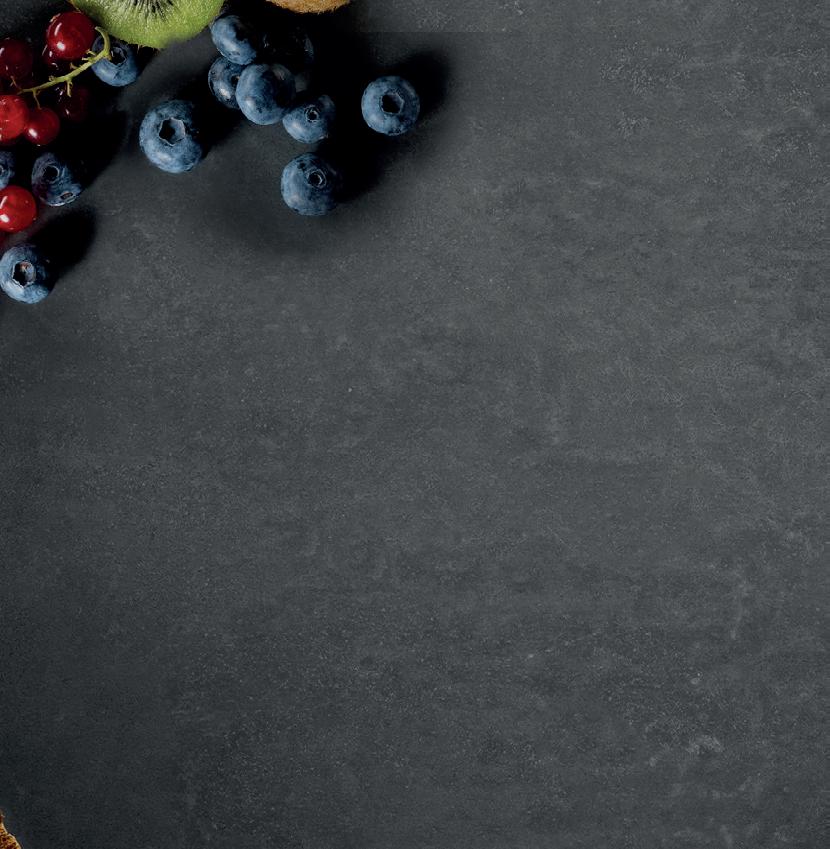
kp supplies a wide range of plastic packaging for fresh categories from protein to produce and convenience, made with 100% recycled PET.
Delivering innovative, sustainable rigid and fl exible packaging solutions for everyday needs.

28 Distribution Drive, Truganina, Victoria 3029, Australia T: +61 (0) 3 9219 4300 | E: kpinfo@kpfi lms.com | W: kpfi lms.com
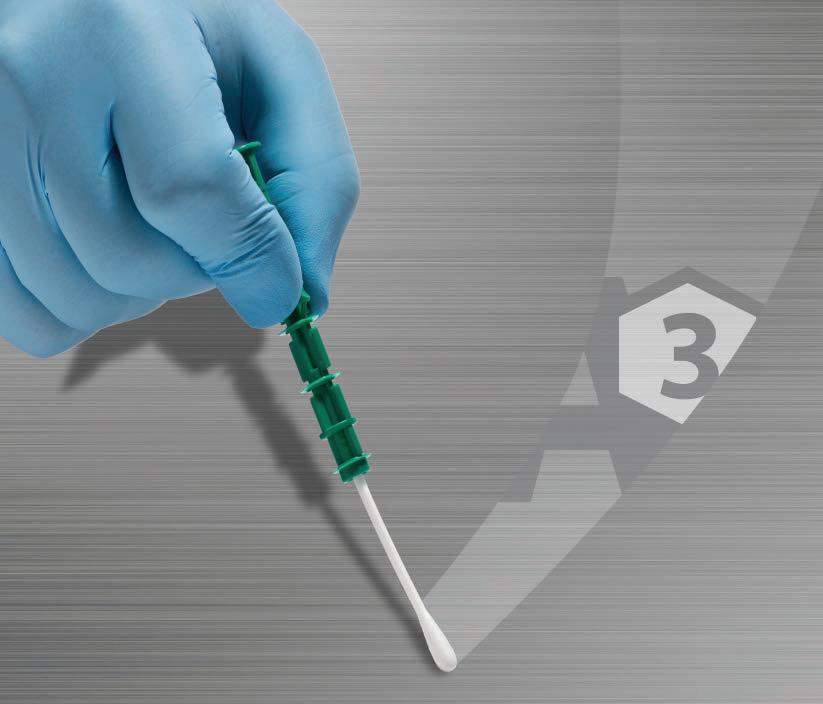
Child-resistant flexible packaging solutions
Zip-Pak is a provider of resealable zipper solutions for flexible packaging. Traditionally, products requiring child-resistance have been offered in rigid pack formats. Recently, however, brand owners have expanded their use of flexible packing. Zip-Pak’s new product line is the Safety-Lok Child-Resistant Solutions, designed to keep children safe with a child-resistant solution. Safety-Lok CR zippers are certifiable and come in two different formats: Press-to-Close and Slider. The key differentiator of the Press-to-Close is the tab mechanism used to open and access the package contents. The tabbed profile provides resistance for younger children, yet easy access for older consumers challenged by child-resistant packaging.
The Slider offers a simple, intuitive one-step opening mechanism allowing the package to be opened from any position with a light squeeze. Safety-Lok creates a wide-mouth opening for easy access to the package while still keeping the product inside safe from children.
Zip-Pak also has Child-Deterrent zippers solutions. Child-Deterrent Tab zippers are suitable for a broad range of products, including: laundry and detergent pods; household chemicals; nutraceuticals & pharmaceuticals; and many others.
Both the Safety-Lok Child-Resistant Press-to-Close and Child-Deterrent Tab offer a cost-effective solution that incorporates seamlessly into existing flexible packaging machinery with minor modifications and are applicable to a variety of package formats.
To learn more about how Child-Deterrent and Child-Resistant zipper solutions can be used to ensure young consumers cannot get into harmful products, contact the Zip-Pak team or visit at foodpro 2021 — Stand D4 within the Processing and Packaging Section.
Zip-Pak Pty Ltd
www.zippak.com
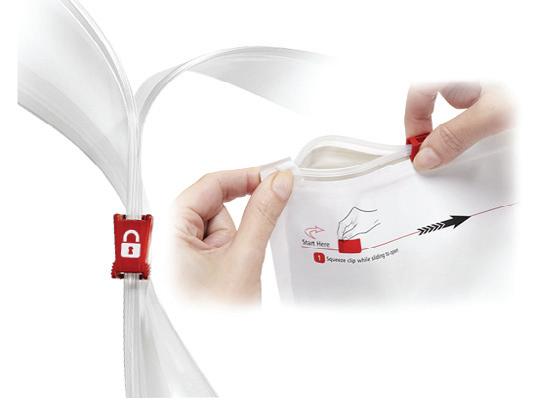
Because better detection equals better protection.
Scan now to learn more about the A3 technology.
Kikkoman LuciPac A3 Sanitation System
The Kikkoman LuciPac A3 Sanitation System is an innovative, new test for hygiene monitoring that o ers better detection and higher sensitivity. Just as easy and fast to use as conventional ATP tests, but its patented A3 technology has been proven to nd food residue that other products miss. Find what you have been missing. www.KikkomanA3.com
TM
O cial Distributor Email: sales@fmcgis.com.au Phone: 1300 628 104 or (02) 9540 2288 www.fmcgis.com.au
Paper packaging tray
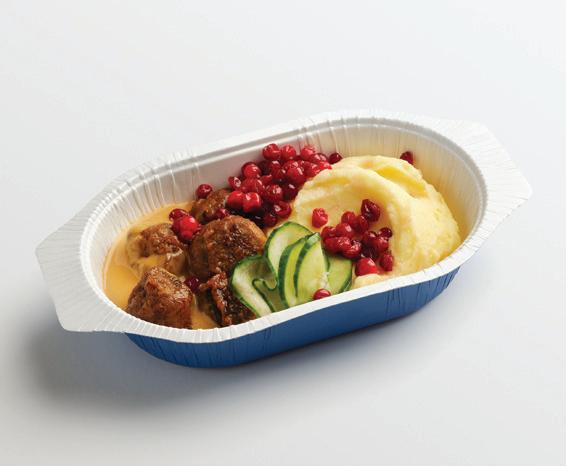
Iggesund Paperboard’s Inverform is suitable for ready-made food packaging trays.
Made from pure cellulose fibres, the product has been specifically developed for pressed and folded trays used in food packaging. It has good formability and is a suitable replacement for traditional solutions, such as plastic trays.
The Inverform technology is manufactured with solid bleached board (SBB) made of pure cellulose fibres sourced from sustainably managed forests. It also does not have any added brightening agents.
A polymer barrier is added to make it suitable for tray forming and heat sealing.
Made from a food-grade material, the tray meets all the required food safety standards, including being safe in microwaves and conventional ovens.
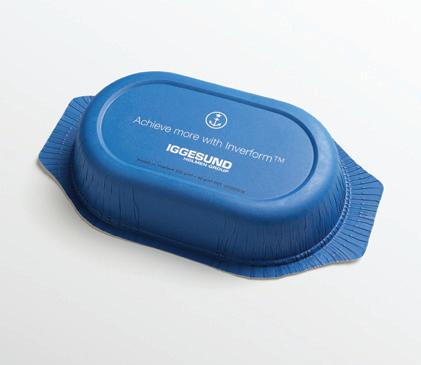
Iggesund Paperboard
www.iggesund.com

©stock.adobe.com/au/sherlesi
Government plans to phase out eight types of plastic by 2025
A virtual meeting between Australian national environment ministers has supported a plan to phase out eight ‘problematic and unnecessary’ plastic product types by 2025.
The goals are set under the government’s 2019 National Waste Policy Action Plan, which also aims to harmonise waste and recycling standards between the states.
The eight problematic plastics include lightweight plastic bags; plastic products misleadingly termed as ‘degradable’; plastic straws; plastic utensils and stirrers; expanded polystyrene (EPS) consumer food containers (eg, cups and clamshells); EPS consumer goods packaging (loose-fill and moulded); and microbeads in personal healthcare products.
The move follows the Australian Packaging Covenant Organisation’s (APCO) report in October, which helped to define what constitutes a problematic and unnecessary plastic product.
APCO said it undertook extensive consultation with industry and government to develop a rigorous and transparent approach to identifying items for phase-out. This included two national workshops, 10 working group meetings and one public survey, all intended to encapsulate the feedback of a broad group of stakeholders.
The plan will also run in conjunction with the government’s National Plastics Plan, unveiled in March.
Federal Minister for the Environment Sussan Ley said it was time to change the way Australians produce and consume plastics and that it was time for states, industry and consumers to drive sustainable change.
“From plastic bottles to polystyrene packaging and plastic consumer goods, we are creating mountains of pain for the environment and wasting potential assets that can be used to make new products,” Ley said.
“We are attacking the plastic problem on five key fronts: through legislation, investment, industry targets, research and development, and community education.”
The Australian Food and Grocery Council (AFGC) said it supports the National Plastics Plan, saying it recognises the role that all parties need to play in eliminating plastics from the environment.
“National plans are required to develop a circular economy, moving from a linear economy to a remanufacturing model where recycled material meets the quality specifications of end markets,” the Council said in a statement.
PACKAGING & LABELLING
Reuniting the waste & recycling industry this August in Sydney. The waste, recycling and resource recovery industry has continued to boom with the increased attention, not only at a consumer level, but also at a commercial and industrial scale. AWRE is where waste professionals come together to join forces and showcase a world of solutions towards a cleaner, more sustainable future. 25-26 AUGUST 2021 ICC SYDNEY Discover new and innovative solutions, learn from industry leaders and build face-to-face REGISTER NOW connections as the thriving sector reunites at AWRE 2021.
